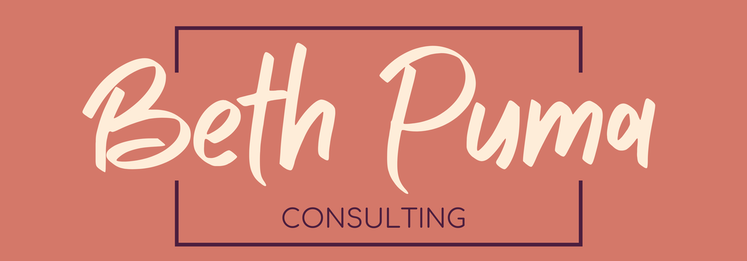|
I really have been deeply moved by the Integrating Language Development and Content Learning in Math: Focus on Reasoning through Stanford University Online that I spoke of in my previous blog post. I wanted to share another strategy that I have tried this week that I just loved. I can't wait to refine it try it again!
One major take away from this course is the importance of students having conversations not just to make meaning of their tasks or discuss procedure, but to deepen their mathematical thinking. However, often in classrooms moving conversations into reasoning is often heavily teacher dependent. I have been guilty of this too, feeling the responsibility and urgency to help the students "get it". That is where this strategy can help. The strategy is called Silent Support Cards and it was shared by Dr. Jeff Zwiers. When students are engaged in discussing a math problem in partnerships or small groups, we want to students to move beyond simple procedure, but make conjectures, see patterns, and connect to larger mathematical ideas. Instead of inserting ourselves in a conversation, when the reasoning has stalled, we can simply place down a Silent Support Card to give immediate feedback, without inserting our voice into the conversation. Some possible support cards might say:
I tried this out with my third graders. I was able to provide my students with immediate feedback, without interrupting the flow of their conversation about a multiplication problem they were solving. One adaptation I plan to do is enlarging the size of the card (perhaps index card size) and adding an icon to match the feedback. I'm wondering how I might apply this strategy to other scenarios in my classroom beyond math.
0 Comments
Your comment will be posted after it is approved.
Leave a Reply. |
Beth PumaI am an MLL specialist, coach, and educational consultant that is dedicated to building a more transformative educational landscape that honors linguistic diversity and challenges societal paradigms. Archives
July 2024
Categories
All
|

